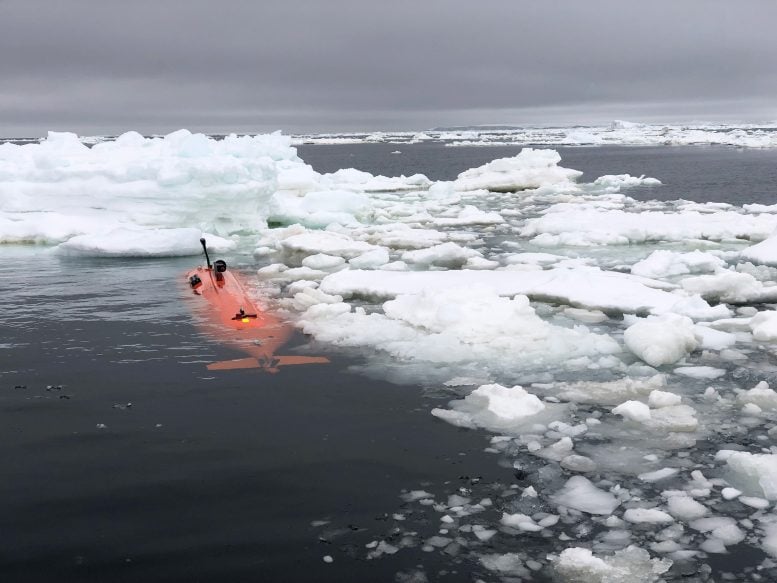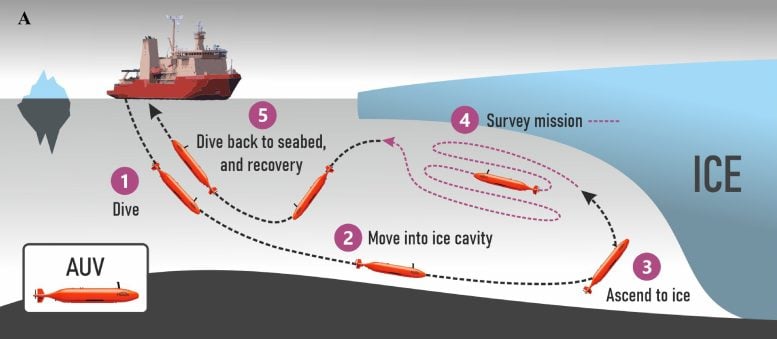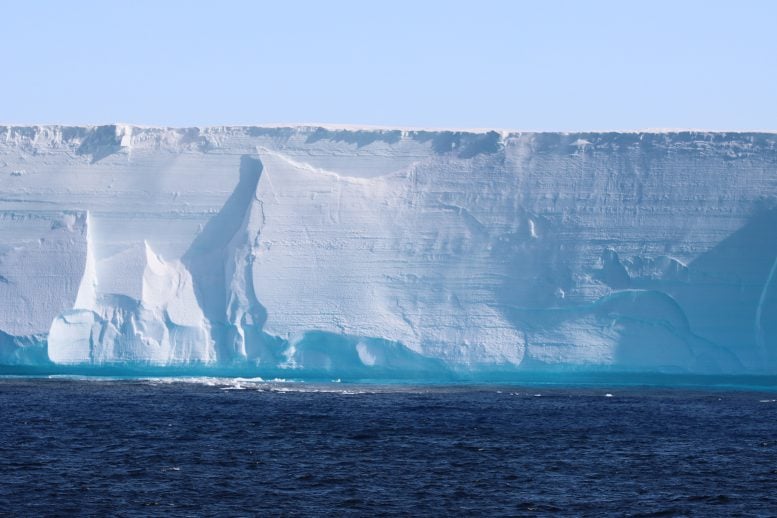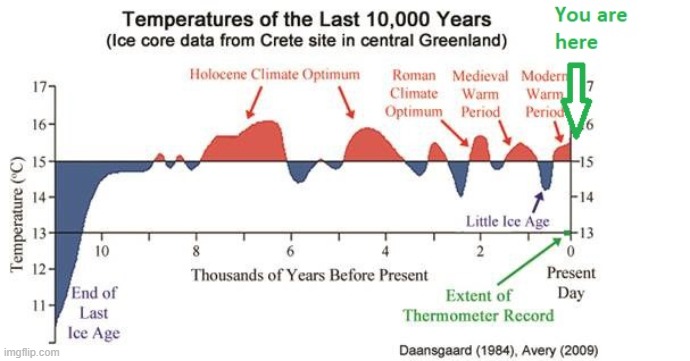
Posted on 08/02/2024 10:48:02 AM PDT by Red Badger

The expedition was carried out in regions of drifting ice in West Antarctica in 2022. On the return visit in 2024, Ran disappeared without a trace under the ice. Credit: Filip Stedt
Using the unmanned submarine Ran, researchers mapped the underside of West Antarctica’s Dotson Ice Shelf, uncovering complex ice formations and significant melt areas driven by underwater currents, crucial for enhancing sea level rise predictions.
An international research team from the University of Gothenburg deployed the unmanned submarine ‘Ran’ beneath the thick ice of Antarctica. They received the first-ever detailed maps of the underside of a glacier, providing valuable insights into potential future sea level rise.
The autonomous underwater vehicle, Ran, was programmed to dive into the cavity of Dotson ice shelf in West Antarctica and scan the ice above it with an advanced sonar system. For 27 days, the submarine traveled a total of over 1.000 kilometers back and forth under the glacier, reaching 17 kilometers into the cavity. An ice shelf is a mass of glacial ice, fed from land by tributary glaciers, that floats in the sea above an ice shelf cavity.
“Like seeing the back of the moon” “We have previously used satellite data and ice cores to observe how glaciers change over time. By navigating the submersible into the cavity, we were able to get high-resolution maps of the ice underside. It’s a bit like seeing the back of the moon,” says lead author Anna Wåhlin, Professor of Oceanography at the University of Gothenburg.
 Submarine Dive Under Dotson Graphic
Submarine Dive Under Dotson Graphic
The autonomous underwater vehicle Ran was programmed to perform missions under the ice shelf. An advanced multibeam sonar system was used to map the underside of the ice at a distance of about 50 meters. Credit: Anna Wåhlin/Science Advances
===========================================================================
In a new scientific paper in Science Advances, the researchers report on the findings of this unique survey. Some things are as expected. The glacier melts faster where strong underwater currents erode its base. Using the submersible, scientists were able to measure the currents below the glacier for the first time and prove why the western part of the Dotson Ice Shelf melts so fast. They also see evidence of very high melt at vertical fractures that extend through the glacier.
But the researchers also saw new patterns on the glacier base that raise questions. The surface is not smooth, but there is a peak and valley icescape with plateaus and formations resembling sand dunes. The researchers hypothesize that these may have been formed by flowing water under the influence of Earth’s rotation.
Complex areas
Karen Alley, a glaciologist from the University of Manitoba and co-author of this multidisciplinary study, comments on the findings:
“The maps that Ran produced represent a huge progress in our understanding of Antarctica’s ice shelves. We’ve had hints of how complex ice-shelf bases are but Ran uncovered a more extensive and complete picture than ever before. The imagery from the base of Dotson Ice shelf helps us interpret and calibrate what we see from the satellites,” says Karen Alley.
Scientists now realize there is a wealth of processes left to discover in future research missions under the glaciers.
“The mapping has given us a lot of new data that we need to look at more closely. It is clear that many previous assumptions about the melting of glacier undersides are falling short. Current models cannot explain the complex patterns we see. But with this method, we have a better chance of finding the answers,” says Anna Wåhlin.
Better models
Dotson Ice Shelf is part of the West Antarctica ice sheet, considered to have a potentially large impact on future sea level rise due to its size and location.
 Dotson Glacier
Dotson Glacier
The Dotson glacier is 350 meters thick. Credit: Anna Wåhlin
==================================================================================
“Better models are needed to predict how fast the ice shelves will melt in the future. It is exciting when oceanographers and glaciologists work together, combining remote sensing with oceanographic field data. This is needed to understand the glaciological changes taking place – the driving force is in the ocean,” says Anna Wåhlin.
A daunting experience
Anna Wåhlin continues:
“There are not many uncharted areas left on Earth. To see Ran disappear into the dark, unknown depths below the ice, executing her tasks for over 24 hours without communication, is of course daunting. Experience from over 40 missions below ice gave us confidence but in the end, the challenging environment beat us.”
The fieldwork for this study was conducted in 2022. In January 2024, the group returned with Ran to Dotson Ice Shelf to repeat the surveys, hoping to document changes.
They were only able to repeat one dive below Dotson’s ice shelf before Ran disappeared without a trace.
“Although we got valuable data back, we did not get all we had hoped for. These scientific advances were made possible thanks to the unique submersible that Ran was. This research is needed to understand the future of Antarctica’s ice sheet, and we hope to be able to replace Ran and continue this important work,” says Anna Wåhlin.
Reference:
“Swirls and scoops: Ice base melt revealed by multibeam imagery of an Antarctic ice shelf” by Anna Wåhlin, Karen E. Alley, Carolyn Begeman, Øyvind Hegrenæs, Xiaohan Yuan, Alastair G. C. Graham, Kelly Hogan, Peter E. D. Davis, Tiago S. Dotto, Clare Eayrs, Robert A. Hall, David M. Holland, Tae Wan Kim, Robert D. Larter, Li Ling, Atsuhiro Muto, Erin C. Pettit, Britney E. Schmidt, Tasha Snow, Filip Stedt, Peter M. Washam, Stina Wahlgren, Christian Wild, Julia Wellner, Yixi Zheng and Karen J. Heywood, 31 July 2024, Science Advances.
DOI: 10.1126/sciadv.adn9188
CTHULHU!............................
UPDATE FROM YESTERDAY”S POST....................
Ran off
Ran so far away
— Flock of Seagulls
Discovered Atlantis and the inhabitants weren’t happy about it.
Must have been made of carbon fiber....................

Like we're supposed to forget that during the Medieval Warm Period, Pevensey Castle (today a mile away from the coast) would have boats tied to the castle when the tide was in (because sea levels were higher then than now). And we're supposed to forget that ancient city of Ephesus was a port city when Paul wrote his famous letter to them during the Roman Warm Period (today it's miles from the coast).

Fell into hollow earth? Captured by the Nazis?
Couldn’t possibly be a malfunction, could it?
Went under the Ice Wall, and fell off the edge of the Earth.
I did a few exploration jobs on ships. My boss said something like “Never lower over the side something that you aren’t willing to part with.”
The arrogant Nazi’s thought the entrance to their Antarctic base would never be discovered.
Ran contributed to the rising seas.
the ET’s resident there do NOT appreciate nosy visitors!
A deep sea environment free of predatory sperm whales, I can imagine that the ice kraken was not amused with the submarine.
And now Ran down
My bet is that they discovered a UFO base. If only they’d watch “The Thing” and taken heed.
Eaten by a megalodon.
They lost me when the craft “dived back to the seabed for recovery”.
Disclaimer: Opinions posted on Free Republic are those of the individual posters and do not necessarily represent the opinion of Free Republic or its management. All materials posted herein are protected by copyright law and the exemption for fair use of copyrighted works.